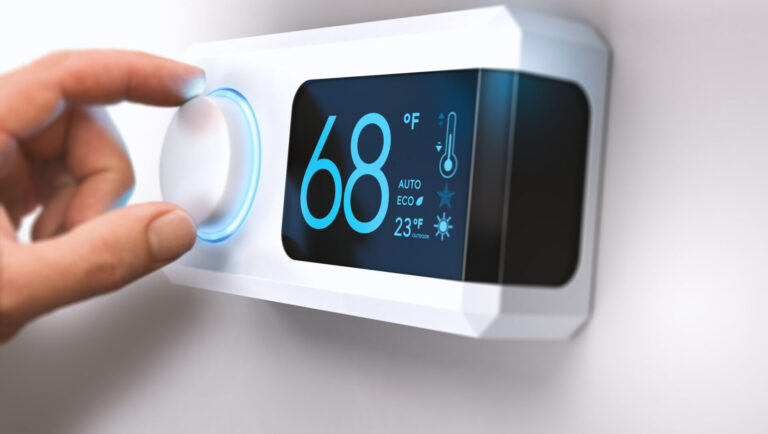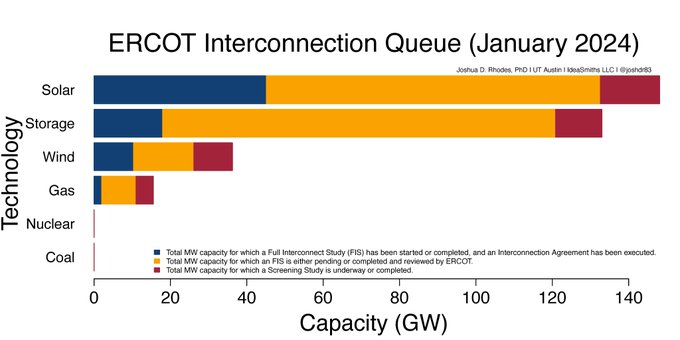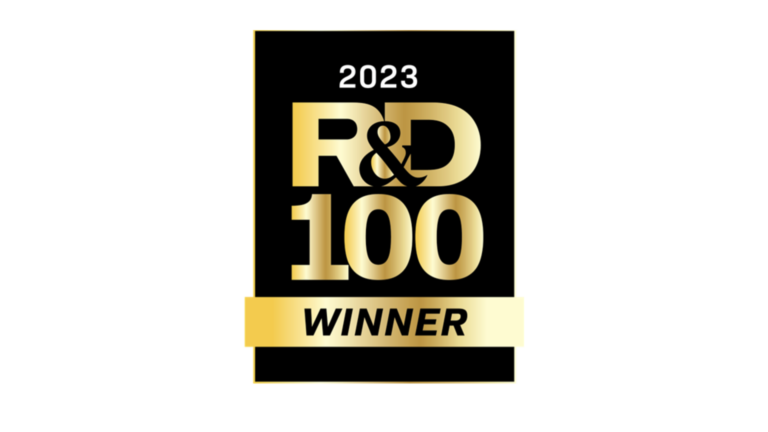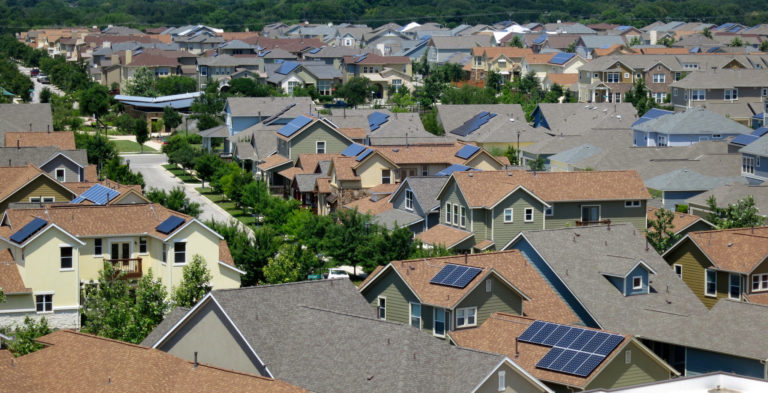March 5, 2025
By Cavan Merski, data analyst, Pecan Street
The advantage of Pecan Street’s electricity research network lies in its ability to dive deeply into homes’ electricity use – beyond total demand – and give utilities, appliance companies and energy service providers insight into how individual systems are working.
This allows us to pinpoint EV charging behavior, troubleshoot critical appliance performance, or, in the case of heating, ventilation and cooling (HVAC) systems, explore how one of a homes’ biggest electricity users can be optimized to reduce energy use and strain on the grid.
Digging Beyond the Obvious
When it comes to heating and cooling demand, one thing is obvious. Cooling demand increases when it gets hot, and heating demand increases when it gets cold. Of course. But not all temperature increases are equal. A regression analysis of Pecan Street’s dataset shows the U-shaped relationship between outdoor temperature and HVAC demand. The colder or hotter it gets, demand increases rapidly. You can see that in the steepness of the curve at temperature extremes. This kind of elevated demand creates significant challenges for grid managers.
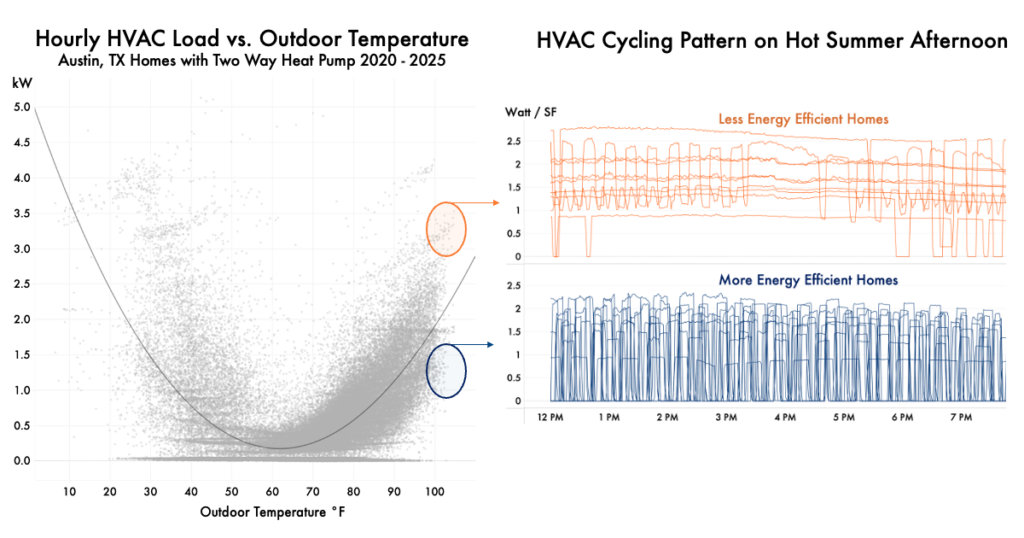
Applications for Circuit-Level Data Insights
Because Pecan Street measures energy use every second from individual home circuits, such as HVAC condensers, fans, and auxiliary resistance heating, our datasets can provide precise insights into load drivers that can’t be achieved from 1-hour or even 1-minute whole home data. This granularity empowers energy researchers, utilities, building designers, and policymakers to make informed decisions in a number of areas.
HVAC Load Identification – Understanding specific temperature thresholds at which HVAC energy use spikes predicts residential energy demand more accurately, informing smarter grid operations and planning.
HVAC System Calibration – Homes that are above the regression trend during hot or cold weather can indicate HVAC system cycling indicative of an undersized unit, leaky thermal envelope or suboptimal thermostat behavior.
Improved Building Energy Models – Energy modelers can validate and refine simulations against real-world circuit-level data, enhancing accuracy in predicting residential energy consumption and guiding design choices.
Targeted Energy Efficiency Incentives – Policymakers and energy efficiency program administrators can pinpoint the most effective retrofit measures—such as improved insulation, efficient HVAC systems, or smart thermostats—based on identified patterns of high HVAC consumption.
Behavioral Analysis – Detailed analysis of circuit-level HVAC energy usage provides insight into occupant behaviors, enabling tailored recommendations and educational interventions to drive energy-saving practices and improved demand response participation.
World-Class Electricity Data
Pecan Street’s datasets offer unparalleled insight for researchers and industry professionals.
Circuit-Level Precision. Unlike whole-home metering, circuit-level resolution isolates specific loads (e.g., HVAC, electric vehicles, appliances), providing deep insight into energy use drivers.
Real Homes and Diverse Conditions. Our data is sourced from real homes across diverse geographic regions, climates, and housing types and captures authentic occupant behaviors and building characteristics.
Contextual Metadata. Metadata accompanies energy usage data, including weather conditions, building details, and home survey data, facilitating deeper analytical understanding.
Explore our HVAC Demand Whitepaper for further technical insights and detailed case studies demonstrating the practical application of Pecan Street’s data analytics. You can learn more about licensing Pecan Street data, or reach out to our team with any questions or to request a data demo.










